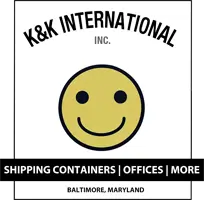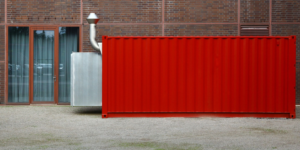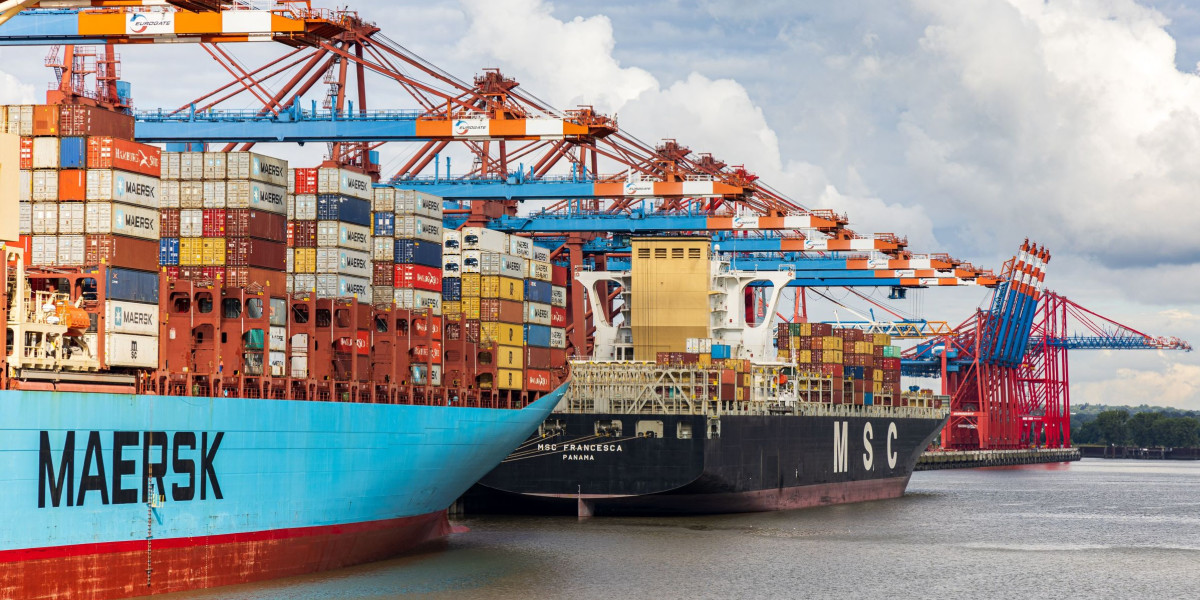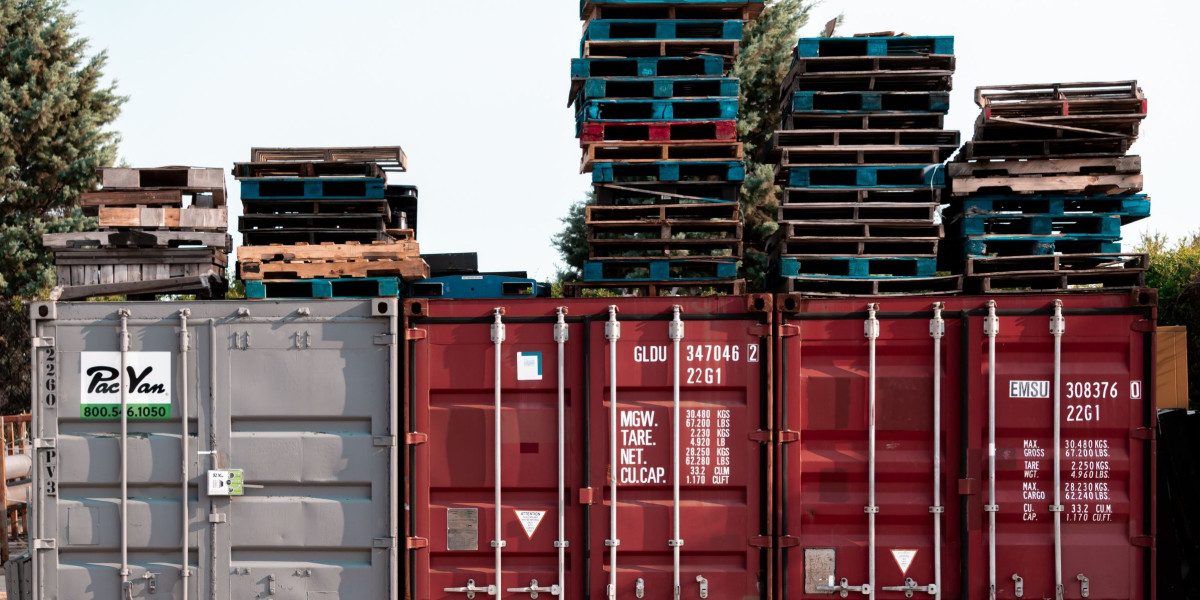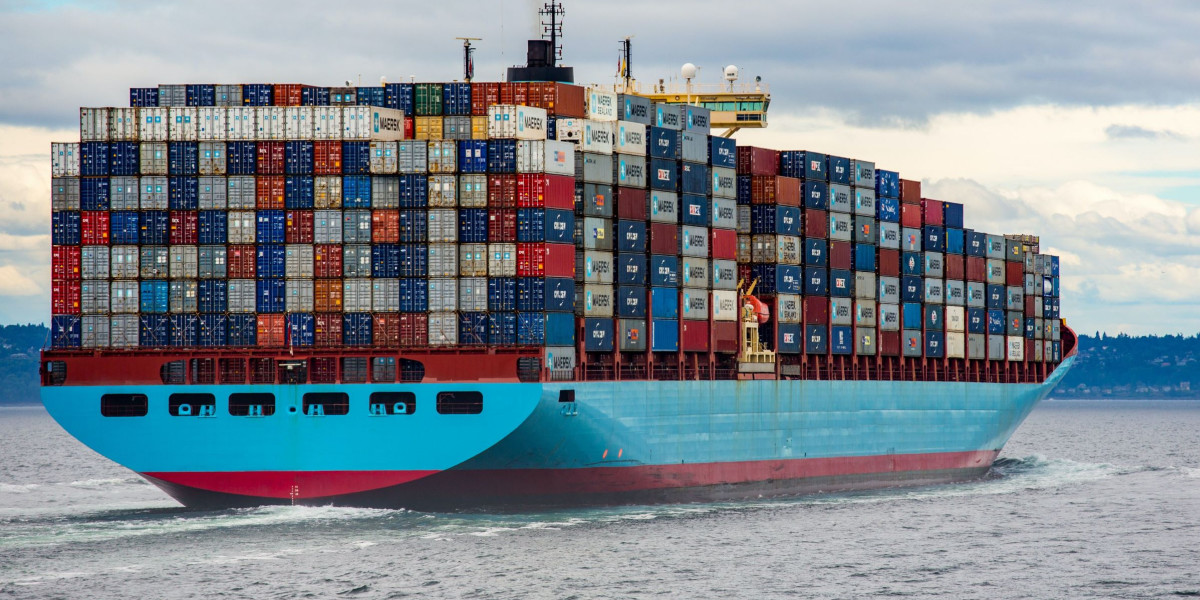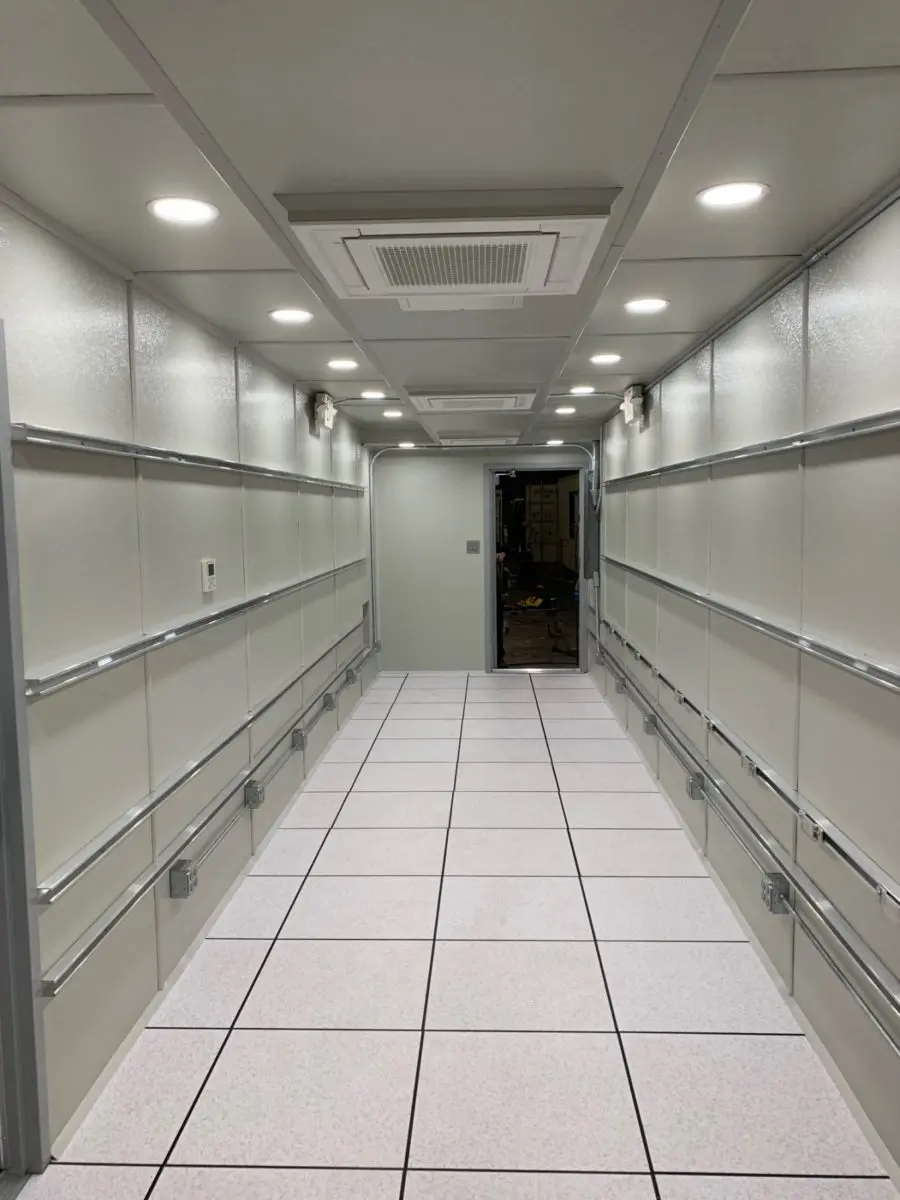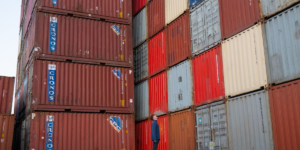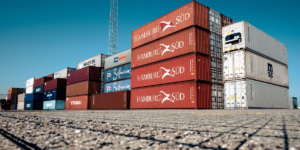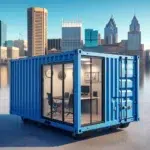Shipping containers are an essential part of the global trade industry. These sturdy metal boxes are responsible for transporting goods across oceans and continents, enabling businesses to reach customers all around the world.
While there are various sizes of shipping containers available, this comprehensive guide focuses specifically on small shipping container sizes. Understanding the different sizes, types, and customization options will help you make informed decisions when it comes to shipping your goods.
Understanding Shipping Container Sizes
When it comes to shipping containers, size matters. The size of the shipping container you choose will ultimately determine how much cargo you can ship at once. Selecting the right container size is crucial, as it can affect your shipping costs, the efficiency of the shipping process, and the protection of your goods during transit.
Standard Dimensions of Small Shipping Containers
Small shipping containers typically come in two standard sizes: 10 feet and 20 feet. These dimensions refer to the length of the container.
A 10-foot container is approximately 10 feet long, 8 feet wide, and 8.5 feet tall. A 20-foot container, on the other hand, is approximately 20 feet long, 8 feet wide, and 8.5 feet tall. These compact sizes are ideal for shipping smaller quantities of goods or for customers with limited space.
10-foot Shipping Containers: Compact and Versatile
The 10-foot shipping container is a popular choice for businesses and individuals who need to transport smaller quantities of goods. Its compact size makes it easier to handle and transport, especially in areas with limited space or narrow access points.
Despite its smaller size, a 10-foot container can still hold a significant amount of cargo. It’s commonly used for shipping personal belongings, household items, or smaller commercial goods.
20-foot Shipping Containers: The Standard Choice
The 20-foot shipping container is considered the standard choice for most shipping needs. Its size provides ample space for a wide range of cargo, making it suitable for various industries.
Whether you are shipping furniture, electronics, or machinery, a 20-foot container can accommodate a significant quantity of goods. Its standard dimensions also make it easier to stack and secure during transportation, ensuring the safety of your cargo.
Considering Other Container Sizes
While 10-foot and 20-foot containers are the most commonly used sizes, note that there are other container sizes available to meet specific shipping requirements. For larger shipments, 40-foot and 45-foot containers are often used.
These containers offer more space and are commonly used for transporting bulk goods or oversized cargo. Additionally, there are specialized containers, such as refrigerated containers for perishable goods or open-top containers for easy loading and unloading of heavy machinery.
Choosing the Right Container Size
When selecting a container size, it is essential to consider the volume and dimensions of your cargo. Assessing the quantity and size of your goods will help determine the appropriate container size to ensure efficient and cost-effective shipping. It is also important to consider any specific requirements, such as temperature control or special handling, that may necessitate the use of specialized containers.
Understanding small shipping container sizes is crucial for successful and efficient shipping. Whether you opt for a compact 10-foot container or a standard 20-foot container, selecting the right size will ensure that your goods are transported safely and securely to their destination.
Types of Small Shipping Containers
When it comes to shipping goods, small shipping containers come in various types to meet different needs. Let’s take a closer look at some of the most common types:
High Cube Containers
High cube containers are similar to standard small shipping containers but have an increased height. Instead of the standard 8.5 feet height, high cube containers offer an additional foot of height, measuring up to 9.5 feet tall. This extra vertical space can make a significant difference when it comes to accommodating goods that require more headroom.
These containers are suitable for a wide range of items, including machinery, vehicles, or oversized cargo. Imagine shipping a tall piece of industrial equipment or a vehicle that needs that extra bit of space to fit comfortably. High cube containers provide the solution, ensuring that your goods are transported safely and securely.
Open Top Containers
Open top containers are specifically designed with a removable roof, making them ideal for goods that cannot fit through the standard container doors. Sometimes, cargo comes in unusual shapes or sizes, making it impossible to load through traditional means. That’s where open top containers come in handy.
These containers allow for easy loading and unloading of goods that are too tall or awkwardly shaped to be accommodated by the standard container doors. Whether you’re shipping large machinery, construction materials, or even sculptures, open top containers provide the flexibility needed to transport your cargo with ease.
Flat Rack Containers
Flat rack containers are a versatile solution for shipping oversized or heavy cargo. These containers have collapsible walls, allowing for easy loading and unloading. What sets flat rack containers apart is their ability to be customized to accommodate cargo of various sizes and shapes.
Whether you’re shipping construction equipment, vehicles, or even wood logs, flat rack containers can be adjusted to suit your specific needs. The collapsible walls provide stability and security during transportation, ensuring that your cargo arrives at its destination intact.
Additionally, flat rack containers are often used for transporting goods that require special handling due to their weight or dimensions. The flexibility they offer makes them a popular choice in industries where unconventional cargo is the norm.
So, when it comes to small shipping containers, there are options available to suit a wide range of needs. Whether you require extra height, easy access, or versatility, these types of containers provide the solutions necessary for efficient and secure transportation of your goods.
3 Factors When Evaluating Small Shipping Container Sizes
Several factors should be taken into account when choosing the right small shipping container size for your needs. First and foremost, consider the volume of goods you intend to ship. Assess the overall dimensions of your cargo and ensure that it will fit comfortably within the chosen container size. It is also important to consider weight restrictions, as overloading a container can lead to safety hazards and additional costs.
When it comes to choosing the right shipping container size, another factor to consider is the type of goods you’re shipping. Some items may require special handling or have specific storage requirements.
For example, if you are shipping fragile or perishable items, you may need a container with additional insulation or temperature control capabilities. On the other hand, if you are shipping non-perishable goods that are not sensitive to temperature changes, a standard small shipping container may be sufficient.
Furthermore, it is crucial to consider the destination of your shipment. Different countries and regions may have specific regulations and restrictions regarding container sizes.
Research and familiarize yourself with these regulations to ensure that your chosen container size complies with the requirements of the destination country. Failure to comply with these regulations can result in delays, fines, or even the rejection of your shipment.
3 Pros and 2 Cons of Small Shipping Containers
Small shipping containers offer several advantages:
- They are more affordable compared to larger container sizes, making them a cost-effective solution for small businesses or individuals with limited budgets. Small containers are also more maneuverable, making them easier to transport and position in tight spaces. This can be particularly beneficial if you are shipping goods to urban areas with limited access or narrow streets.
- Another advantage of small shipping containers is their versatility. They can be used for various purposes beyond shipping, such as on-site storage or as mobile offices. Their compact size allows for easy customization and modification, making them suitable for different applications. For example, small shipping containers can be converted into pop-up shops, portable workshops, or even tiny homes.
Here are some of the drawbacks:
- If you frequently ship large or bulky items, a small container may not be suitable. It is crucial to ensure that your goods will fit comfortably and securely within the container to prevent damage during transit.
- If you anticipate future growth or expansion of your business, it may be more cost-effective in the long run to invest in a larger container size that can accommodate your potential needs.
Customizing Your Shipping Container
Shipping containers have revolutionized the transportation industry with their versatility and adaptability. These steel giants can be easily modified and customized to suit specific requirements, making them an ideal choice for various purposes. Whether you need a storage solution, a mobile office, or a pop-up shop, shipping containers can be transformed to meet your needs.
When it comes to small shipping containers, the customization options are endless. These compact units can be outfitted with a range of features that enhance their functionality and usability. Additional doors can be installed to provide convenient access from multiple sides, making loading and unloading a breeze. Ventilation systems can be integrated to ensure proper airflow and prevent condensation, especially when transporting perishable goods.
Insulation is another essential modification for small shipping containers. By adding insulation, you can regulate the temperature inside the container, protecting your cargo from extreme heat or cold. This is particularly crucial when transporting sensitive items such as electronics or pharmaceuticals.
Shelving is a popular customization option for small shipping containers. By installing sturdy shelves, you can maximize the use of vertical space, creating organized storage for your goods. This is especially beneficial for businesses that deal with small parts or products that need to be easily accessible.
Electrical installations are another modification that can greatly enhance the functionality of small shipping containers. Whether you need lighting for a workspace, power outlets for equipment, or even air conditioning for a mobile office, a professional electrician can ensure that the electrical systems are installed safely and meet all necessary regulations.
While customizing your small shipping container, safety must always come first. Any modifications should comply with industry standards and regulations to ensure the well-being of both the cargo and the individuals involved.
Structural integrity is a key consideration, as modifications should not compromise the container’s ability to withstand the rigors of transportation. Working with professionals who have experience in container modification can help you navigate these safety considerations and ensure that your customized container meets all necessary requirements.
Shipping Container Maintenance and Care
Shipping containers are exposed to various weather conditions during their lifetime. Protecting your container from weather damage is crucial for ensuring its longevity.
Applying weather-resistant coatings and sealants can prevent rust and corrosion, while regular inspections and maintenance checks help identify potential issues before they worsen. Properly securing your container in place and utilizing additional weatherproofing measures, such as tarps or wraps, can further protect your goods.
When it comes to weather resistance, there are several options available. One popular choice is using marine-grade paint, which provides a durable and protective coating against the harsh elements. This type of paint is specifically designed to withstand the corrosive effects of saltwater and extreme weather conditions. Another effective method is applying a rust inhibitor, which forms a protective barrier on the container’s surface, preventing moisture from reaching the metal and causing rust.
In addition to coatings and sealants, regular inspections play a vital role in maintaining your shipping container and knowing what needs repairs. By conducting thorough checks, you can identify any signs of damage or wear and take immediate action.
Look for dents, scratches, or any areas where the paint has chipped off, as these can be entry points for moisture and lead to corrosion. Inspecting the container’s roof for any signs of leaks is also crucial, as water infiltration can cause significant damage to the contents inside.
Properly securing your container is another essential aspect of weather protection. Strong winds and storms can cause containers to shift or even tip over if not properly anchored.
Utilizing twist locks, which securely connect containers together, can prevent them from moving during transportation. Additionally, using heavy-duty straps or chains to secure your container to a solid foundation will provide an extra layer of protection against strong winds and potential theft.
Excited to dive into your small shipping container project? K&K International has multiple options to choose from. Request your quote today and let’s get started!
